Reviewed by Jeffrey Sanzel
“A short kid from a Canadian army base becomes the international pop culture darling of the 1980s—only to find the course of his life altered by a stunning diagnosis. What happens when an incurable optimist confronts an incurable disease?”
— Tagline to Still: A Michael J. Fox Movie
Few people do not recognize Michael J. Fox. Fox (born 1961) launched into the public eye with the sitcom Family Ties (1982-89), in which he played Alex P. Keaton, the conservative son in a liberal family. From there, his star rose quickly with the Back to the Future trilogy (1985-1990), followed by Teen Wolf (1985), The Secret of My Success (1987), Doc Hollywood (1991), and others. Then, in 1996, he returned to the small screen with Spin City.
Fox combined a youthful sureness with the charm of a latter-day Jimmy Stewart, a genuine aw-shucks quality absent of artifice. Even in lesser vehicles, he offered strong, grounded performances.
During the run of Spin City, Fox went public with his Parkinson’s disease diagnosis. He became an advocate and spokesperson, establishing the Michael J. Fox Foundation in 2000, a not-for-profit focusing on research for a cure. Throughout the early 2000s, he continued to work—mostly guest spots and a few recurring roles. His last major undertaking was the semi-autobiographical The Michael J. Fox Show (2013-2013), an NBC comedy in which he played news anchor Mike Henry who gave up his career due to the same diagnosis. Following his official retirement in 2020, Fox published a memoir, No Time Like the Future: An Optimist Considers Mortality.

Fox received numerous nominations, and among his accolades are Golden Globes, Emmys, and People’s Choice Awards. He met his wife, Tracy Pollan, when she appeared as his girlfriend on Family Ties. The pair married in 1988 and have four children.
Still: A Michael J. Fox Movie chronicles Fox’s life and career. It opens with Fox having spent a drunken night with Woody Harrelson. He finds the pinky of his left hand trembling, a harbinger of what is to come. The film embarks on a chronological telling of his story, with present-day Fox commenting on his rise to fame, stardom, diagnosis, and aftermath. First, he is shown as a child in constant movement, then as a reluctant student and “serial fender bender.” He dropped out of school and went to Hollywood with his father’s help. Given his diminutive stature, he landed a series of small guest spots as much younger characters. Finally, Family Ties changed his entire trajectory.
The film follows Fox through the highs and lows, medication, alcoholism (now thirty years sober), intense work schedules, critical successes, and box office disappointments. The actor is forthcoming about his courtship and marriage to Pollan, raising children, and realization of the importance of family, especially after his diagnosis. “I was the boy prince of Hollywood. But it was an illusion.”
Director Davis Guggenheim (An Inconvenient Truth, He Named Me Malala, Waiting for Superman) creates a hybrid of straight documentary and something akin to Behind the Music via True Crime Network. Most of the film is a series of interviews with Fox, sitting at a table, talking directly to the camera. In addition, he interacts with his family and physical therapists. The rest of the documentary comprises film clips from his movies and television shows, sometimes shown in context, other times coopted for emphasis.
In addition, Guggenheim films stand-ins for Fox and others over-the-shoulder shots, at a distance, or blurred, with music blaring during these peripatetic sections. Whether they are for contrast or effect is hard to discern.
Where Still succeeds is in the one-on-one conversations with Fox, which fortunately occupy at least fifty percent. The camera is placed straight on with no music or fanfare. The focus remains solely on Fox as he answers the most personal questions. Sometimes, he physically struggles. Other times, he reflects before coming back with a revelation or a quip.
Throughout his illness, he has fallen many times, shattering his cheek and breaking his hand. Philosophically, he retorts, “Gravity is real. Even when I’m falling from my height.” He is seen falling—but also getting back up. Fox appears open, raw, and completely honest.
From the very beginning, the documentary is unflinching. Fox reveals himself as he is: constantly off-balance, with uncontrollable spasms and involuntary movements, moments of freezing, and the sense of what is permanently lost. But his humor bubbles to the surface. “If I’m here twenty years from now, I’ll either be cured or a pickle.”
At one point, he is asked what it is like to be still. He takes a moment, then responds, “I wouldn’t know. I’ve never been still.” And while true, Still: A Michael J. Fox Movie captures not just the Hollywood icon but an intimate, bold, and uplifting portrait of an extraordinary human being.
The documentary is currently streaming on Apple TV.

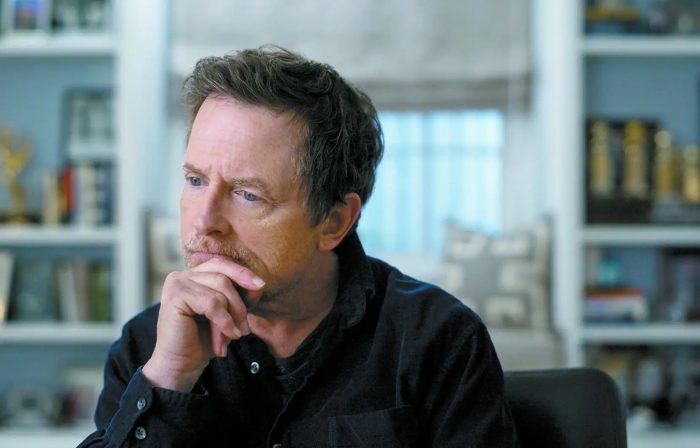


 In search of self, Bronka is unsure of her niche. Too intellectually curious to accept a narrow conservative marriage, she is conversely uncomfortable with the free-love, drug-taking hippie element. She constantly faces less than thinly veiled chauvinism and misogyny.
In search of self, Bronka is unsure of her niche. Too intellectually curious to accept a narrow conservative marriage, she is conversely uncomfortable with the free-love, drug-taking hippie element. She constantly faces less than thinly veiled chauvinism and misogyny.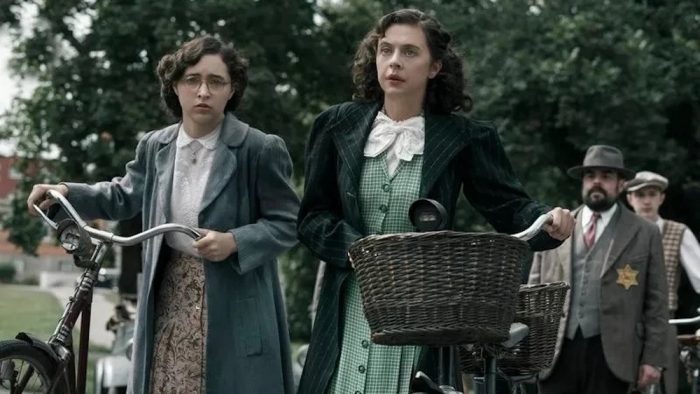

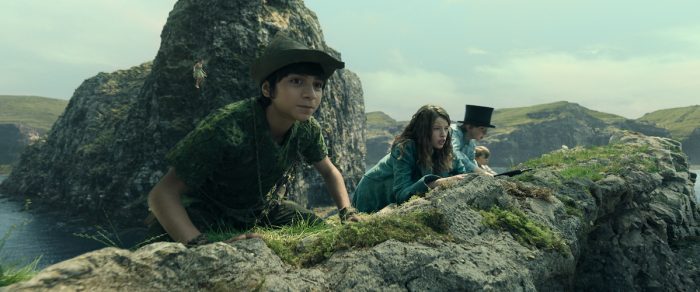
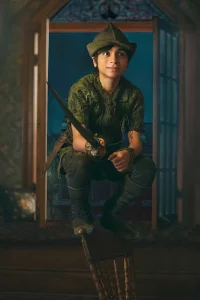

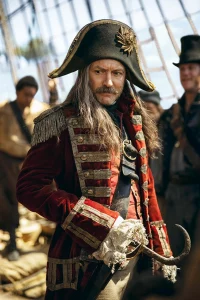
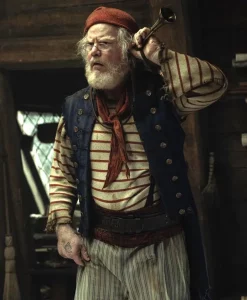



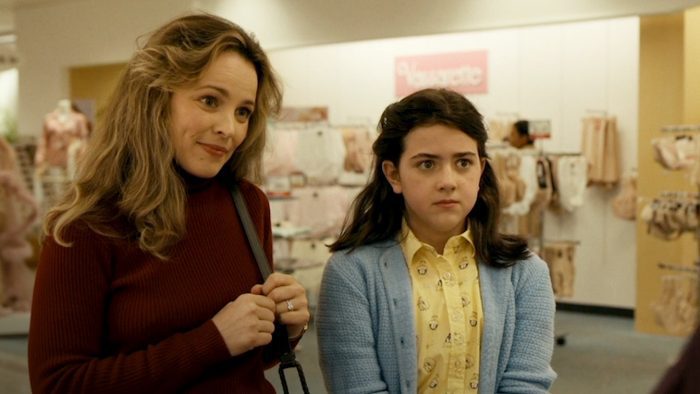

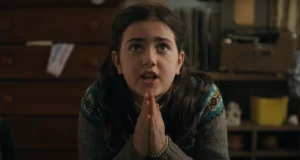

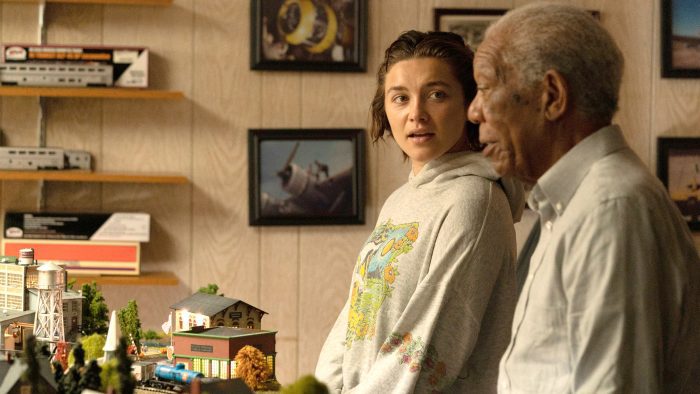



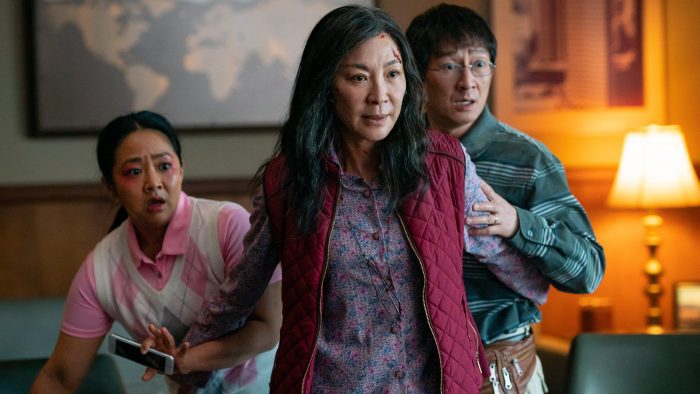

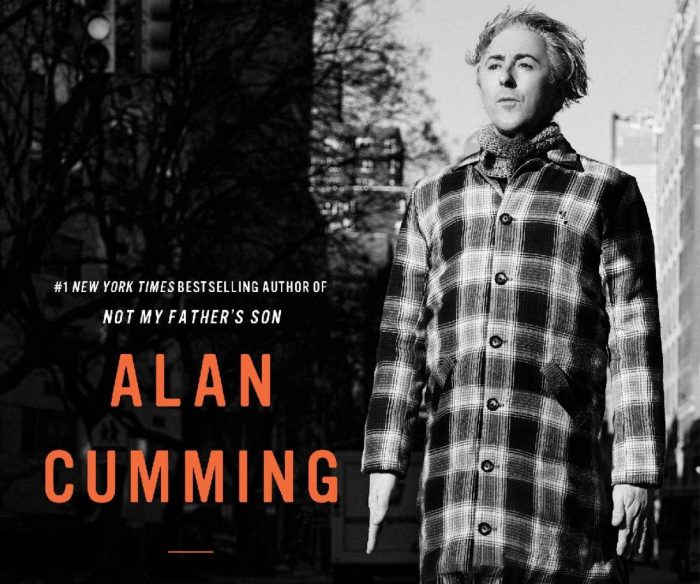
 In addition, Cumming is a director, an LGBTQ+ activist, and a gifted writer. Unlike many celebrities who have found their way onto the printed page via “as told to” or ghosted autobiographies, Cumming’s first work was the novel Tommy’s Tale (2002). The book was a darkly comic and highly revealing roman a clef. He followed this with a fascinating and complicated look at his relationship with his abusive father, Not My Father’s Son (2014), directly resulting from his appearance on the genealogy show Who Do You Think You Are?
In addition, Cumming is a director, an LGBTQ+ activist, and a gifted writer. Unlike many celebrities who have found their way onto the printed page via “as told to” or ghosted autobiographies, Cumming’s first work was the novel Tommy’s Tale (2002). The book was a darkly comic and highly revealing roman a clef. He followed this with a fascinating and complicated look at his relationship with his abusive father, Not My Father’s Son (2014), directly resulting from his appearance on the genealogy show Who Do You Think You Are?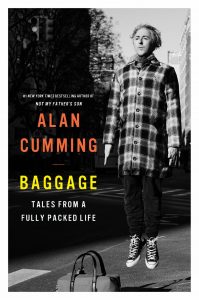 Unflinching accounts of partying are juxtaposed with revelations about his family and those closest to him. Whenever possible, he praises his artistic collaborators. He reserves overwhelming gratitude for friends who have stood by him in dark times. He shares his joy and appreciation for meeting his husband, Grant Shaffer. (Cumming discusses the difficulties of his first marriage to actor Hilary Lyon, with whom he planned on having children.)
Unflinching accounts of partying are juxtaposed with revelations about his family and those closest to him. Whenever possible, he praises his artistic collaborators. He reserves overwhelming gratitude for friends who have stood by him in dark times. He shares his joy and appreciation for meeting his husband, Grant Shaffer. (Cumming discusses the difficulties of his first marriage to actor Hilary Lyon, with whom he planned on having children.)



